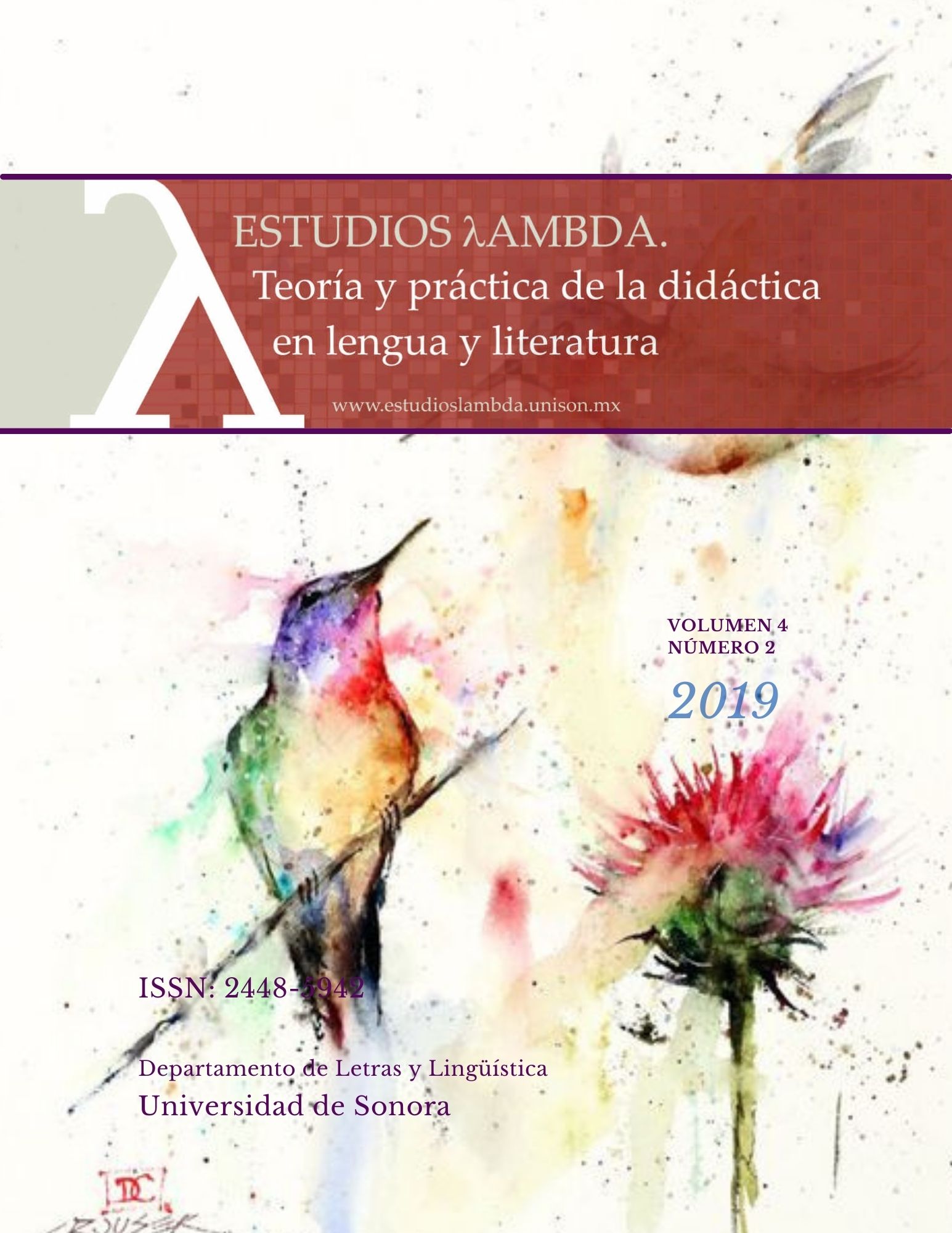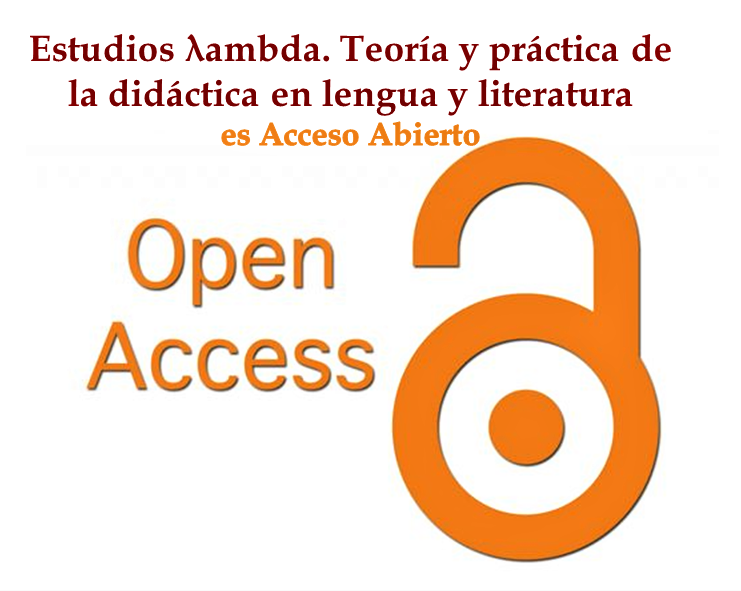Evaluation of Two Teaching Experiences Using Infographics as a Learning Strategy
Evaluation of Two Teaching Experiences Using Infographics as a Learning Strategy
DOI:
https://doi.org/10.36799/el.v4i2.93Keywords:
strategy, teaching, didactic, infographicsAbstract
This paper presents two teaching experiences with the use of infographics as a learning strategy, both experiences carried out by a teacher with a group of students during fourth and fifth semester of the undergraduate program of an escuela normal superior. In each semester, the students were required to produce infographics that included the main ideas of academic themes. An analysis of the infographics as well as the teaching experiences was conducted. To analyze the infographics, a rubric was designed; it considered two main items, one related to form and the other one related to content; each item consisted of different aspects to evaluate the infographics in Likert scale. Regarding the experience, an analysis was conducted in relation to the scores of the infographics and the phases developed for their production. The results suggest that there was a general improvement in the infographics produced in fifth semester in comparison to the ones produced in fourth semester; however, some weaknesses were identified in the production process, specifically in phases 1 and 2. As a conclusion, it is considered that infographics may be an appropriate resource for students to identify main ideas and to promote the information diffusion with theoretical bases. Therefore, this article concludes with the presentation of a proposal to promote such resource in the academic field.
Downloads
References
Alyahya, Dalia. “Infographics as a Learning Tool in Higher Education: The Design Process and Perception of an Instructional Designer”. International Journal of Learning, Teaching and Educational Research, 18.1 (2019): 1-15. 15 de junio 2019. https://doi.org/10.26803/ijlter.18.1.1 DOI: https://doi.org/10.26803/ijlter.18.1.1
Cassany, Daniel; Luna, Marta y Sanz, Glòria. Enseñar lengua. Barcelona: Graó, 2000.
Catalá, Glòria; Catalá, Mireia; Molina, Encarna y Monclús, Rosa. Evaluación de la comprensión lectora. Barcelona: Graó, 2001.
Davis, Mark y Quinn, David. “Visualizing text: The new literacy of infographics”. Reading Today, 31 (2013): 16-18.
Damyanov, Ivo y Tsankov, Nikolay. “The Role of Infographics for the development of Skills for Cognitive Modeling in Education”. International Journal of Emerging Technologies in Learning, 13.1 (2018): 82-92. 20 de junio 2018. doi: 10.3991/ijet.v13i01.7541 DOI: https://doi.org/10.3991/ijet.v13i01.7541
De Pablos, José Manuel. “Siempre ha habido infografía”. Revista Latina de Comunicación Social, 5 (1998): 1-5
Guzmán, Yunuen; Lima, Natalia y Ferreira, Sirléia. “La experiencia de elaborar infografías didácticas sobre diversidad sexual”. Revista Latina de Comunicación Sexual, 70 (2015): 961-981. 20 de junio 2018. doi: 10.4185/RLCS-2015-1080 DOI: https://doi.org/10.4185/RLCS-2015-1080
Minervini, Mariana Andrea. “La infografía como recurso didáctico”. Revista Latina de Comunicación Social, 59.8 (2005). http://www.revistalatinacs.org/200506minervini.pdf
Oshima, Alice y Hogue, Ann. Introduction to Academic Writing Second Edition. New York: Longman, 1997.
Ponce, Andrea; Rangone, Claudia y Funes, Mónica. “Relato de experiencia: Diseño de infografías como estrategia de enseñanza en Educación para la Salud en Ciencias Naturales y su didáctica en profesorados para la educación primaria de la provincia de Córdoba”. VIII Jornadas Nacionales y 1° Congreso Internacional sobre la Formación del Profesorado. Mar del Plata, Argentina, 2015.
Reinhart, Nancy. “Infografía Didáctica: producción interdisciplinaria de infografías didácticas para la diversidad cultural”. Centro de Estudios en Diseño y Comunicación, (2010): 119-191.
Sudakov, Ivan; Bellsky, Thomas; Usenyuk, Svetlana y Polyakova, Victoria. “Infographics and Mathematics: A Mechanism for Effective Learning in the Classroom”. PRIMUS, 26.2 (2016): 158-167, DOI: 10.1080/10511970.2015.1072607(2016) DOI: https://doi.org/10.1080/10511970.2015.1072607
Tapia, Alonso. Motivar para el aprendizaje: teoría y aprendizaje. España: EDEBÉ, 1997.
Tébar, Lorenzo. El perfil del profesor mediador. Madrid: Santillana, 2003.
Downloads
Published
How to Cite
Issue
Section
License

This work is licensed under a Creative Commons Attribution-NonCommercial-NoDerivatives 4.0 International License.
El autor o autores conservan en todo momento sus derechos morales y patrimoniales sobre la obra; la obra no se puede alterar, transformar o ampliar; siempre debe reconocerse la autoría del documento referido. Ninguna de las modalidades de los documentos publicados en Estudios λambda. Teoría y práctica de la didáctica en lengua y literatura tienen fines comerciales de naturaleza alguna.



